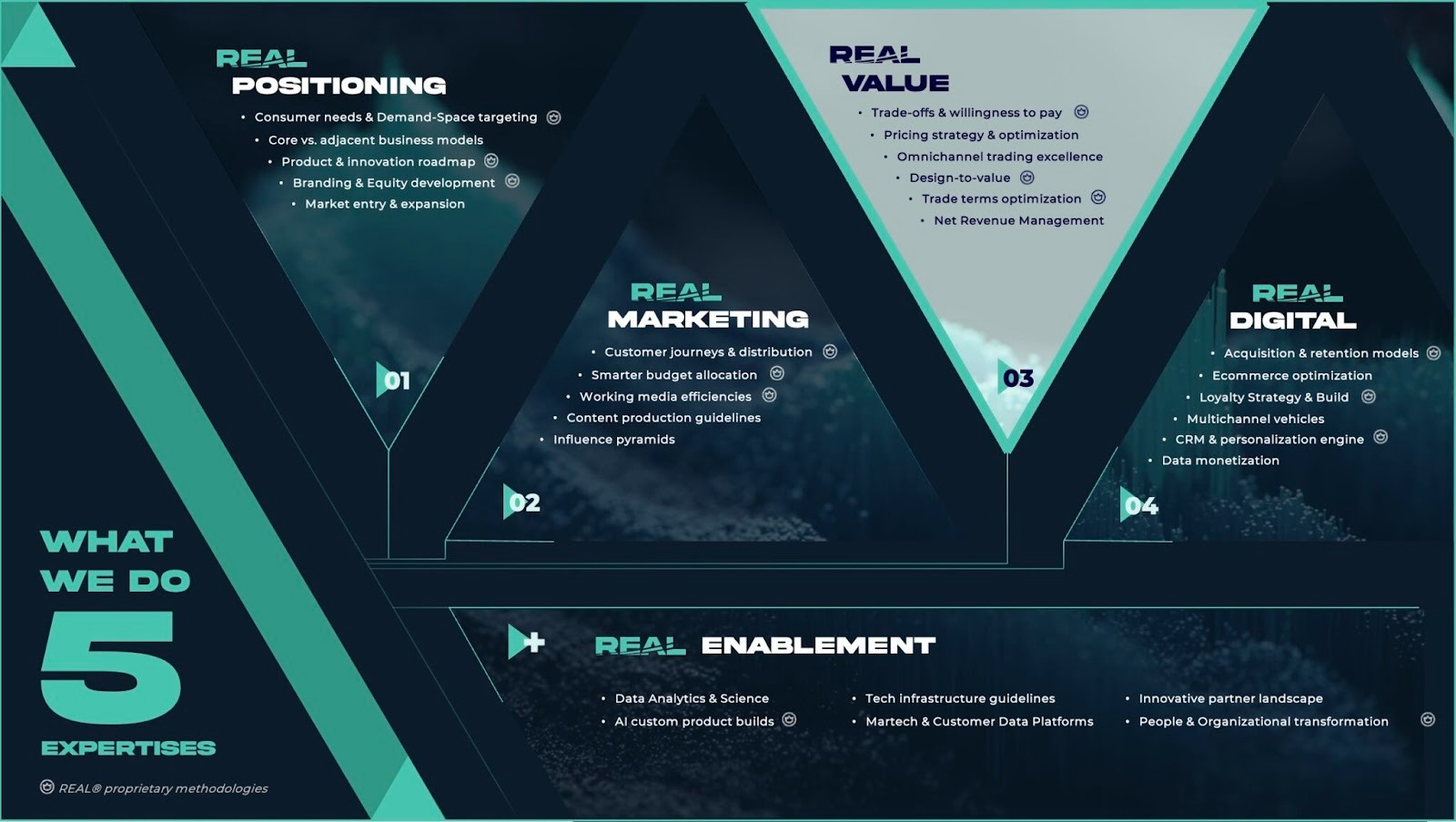Design to Cost: A Smarter Way to Build Value and Profitability

In today’s competitive business environment, designing a product or service isn’t just about innovation or aesthetics — it’s about creating value at the right cost. The concept of Design to Cost has emerged as a powerful framework that aligns customer expectations, market dynamics, and financial goals from the earliest stages of development.
At the heart of this approach is REAL Consulting, a UK-based firm specialising in pricing optimisation, omnichannel strategy, and commercial excellence. Their Design to Cost methodology ensures that what gets built or launched is not only desirable, but also viable and profitable — today and tomorrow.
What is “Design to Cost”?
Design to Cost (DtC) is a strategy that embeds cost constraints and value considerations into the design process itself. Rather than retrofitting budgets to a finished concept, REAL helps companies start with a target cost and margin structure and work backwards — ensuring every component, feature or service element is justified by its perceived value and commercial potential.
This approach isn’t about cutting corners. It’s about making smart choices:
- Do customers truly value that added feature?
- Can a simpler packaging or sourcing option offer the same perceived benefit?
- How can cross-functional collaboration early in the process avoid costly rework later?
REAL’s experience shows that aligning product design with consumer psychology, margin ambition and operational constraints from the start unlocks leaner development, shorter time-to-market and stronger profitability.
Connected to Pricing Strategy and Revenue Growth
Design to Cost doesn’t live in isolation. At REAL, it is closely integrated with pricing strategy and net revenue management. By understanding how customers perceive value, REAL helps brands fine-tune core pricing, build dynamic promotional strategies, and design upsell opportunities that don’t cannibalise margins.
From in-season pricing adjustments to cross-channel consistency, their consultants make pricing a lever for both demand generation and profitability.
It’s not just about what the product costs to build — it’s about what it’s worth to the customer, and how that value can be captured in price, product format, and trade execution.
Design-to-Value Meets Design-to-Cost
One of the strengths of REAL’s methodology lies in bridging Design-to-Cost with Design-to-Value. While DtC ensures financial viability, DtV brings in the customer lens: What do people actually care about? What features drive purchase intent? What components can be simplified without damaging perceived value?
REAL enables clients to:
- Map out value perception across customer segments
- Align design priorities with actual decision drivers
- Optimise the product or service mix based on real-world trade-offs
This results in solutions that are cost-efficient, customer-centric, and scalable.
Enabling Sustainable Growth
REAL Consulting also supports businesses with trade term optimisation — moving beyond traditional discounting to explore innovative ways of collaborating with retailers and partners. By reallocating incentives, rethinking account support, and structuring agreements that align long-term goals, REAL helps businesses create healthier commercial relationships.
Meanwhile, their work in net revenue management ensures that no part of the revenue equation is left unchecked — from base pricing and pack architecture to execution levers and promo efficiency. This holistic vision is what makes their Design to Cost work not just a cost-saving exercise, but a strategic growth enabler.
If your organisation is ready to build smarter — not just cheaper — it’s time to explore the Design to Cost approach with Real Consulting. In a world where margin pressure is real and consumer expectations keep rising, aligning product design, pricing, and commercial execution is no longer optional — it’s essential.



